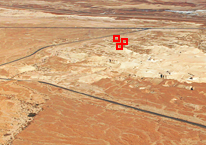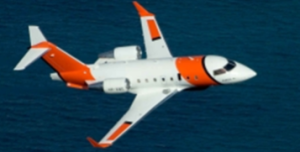
In the 2020’s, computer vision will become an everyday part of our existence, increasing our security, protecting our health, and saving the lives of those who need it the most. Rapid advances in machine learning and neural network functions will make optical recognition software faster and more powerful than ever before, able to scan large quantities of images for target objects and report sophisticated results to operators in real-time.
On a morning in the not-too-distant future, citizens will wake to a world that is safer and more dependable, thanks to the aid of seeing-eye computers. At the security entrance to a workplace, a facial recognition program authenticates the identities of employees with proper clearance before granting them access. Across the highway in a hospital, a symptom-detecting device hovering over a patient homes in on a skin blemish that it identifies as melanoma, and alerts doctors to the need for early-intervention treatment. Next door, a haemorrhage patient lies waiting as a lightweight drone flies through the parking lot just outside, manoeuvring deftly around the cars and signposts it sees in its path before touching down in a clearing to deliver the emergency supply of blood needed for a transfusion.
In the city streets, a massive crowd has gathered to watch the noon-hour procession of a visiting dignitary. Security cameras equipped with intelligent video analytics capture live footage of the site and flag a suspicious individual moving deliberately through the crowd with an unmarked package. Within minutes of receiving the alert, law enforcement officers locate and detain the suspect for questioning, as his mug shot is uploaded to a server for automated comparison against a photographic database of known criminals.
On the other side of the globe in a theatre of war, an unmanned aerial vehicle (UAV) gliding 5000 feet above ground scans the desert landscape for small moving objects that can’t be seen by the human eye. On today’s reconnaissance mission the UAV finds and tracks a convoy of insurgents traveling east toward a critical fuel supply station. The troop commander quickly incorporates this situational awareness into a revised battle plan that maximizes the protection and effectiveness of armed forces.
Target detection by Kestrel Land MTI
Back at home, blustery winds and choppy swells cause a small fishing boat to capsize several miles off the coast just before dusk. As skies darken, two fishermen strapped to an inflatable ring bob helplessly in the chill waters. A maritime rescue aircraft equipped with a ViDAR optical radar flies into action, sweeping the seas with cameras that cover 80 times the ocean area of conventional search-and-rescue systems, in a fraction of the time. Within seconds, ViDAR finds the lost fishermen and locks onto their geolocation. A rescue team airlifts them to safety.
ViDAR is a key software to find people in the water
As night falls, the people of a nation sleep securely in their homes. But the eyes of optical computers remain wide awake and open, ever vigilant and ready to protect us from harm using a vision of tomorrow that is becoming the reality of today.

